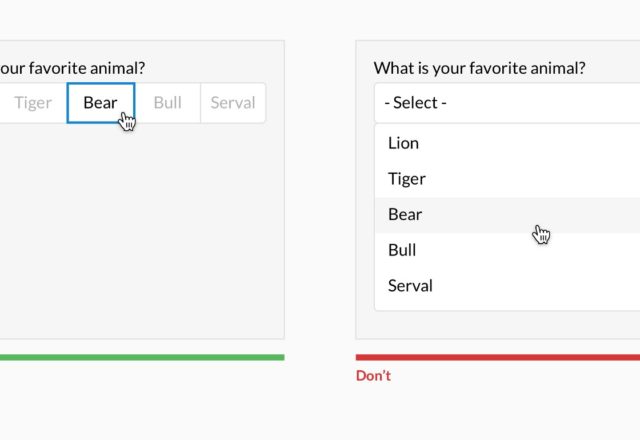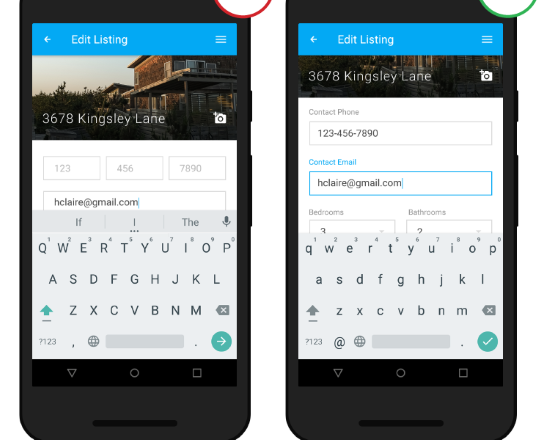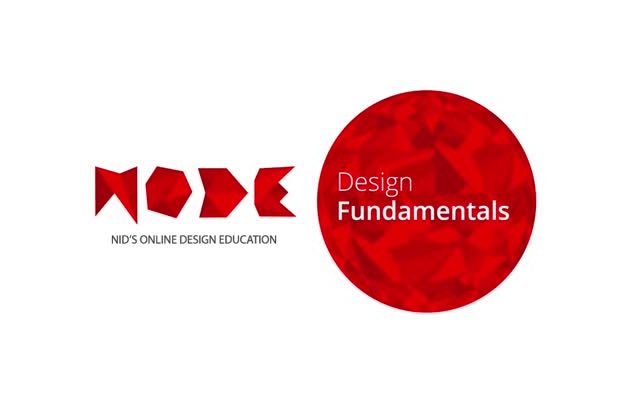Whether it is a signup flow, a multi-view stepper, or a monotonous data entry interface, forms are one of the most important components of digital product design. This article focuses on the common dos and don’ts of form design. Keep in mind that these are general guideline and there are exceptions to every rule.
Category: UI Design
Mobile Form Usability
Mobile users who use your app or site have a particular goal. Often the one thing that is standing between the user and his goal is a form. In fact, forms are often considered to be the final step of the journey to the completion of goals. That’s why it’s so important that users complete forms as quick as possible and without any confusion.
CO.DESIGN
There’s a real movement that advocates for preserving the sky for future generations. The International Dark-Sky Association, for one, is devoted to recognizing “excellent stewardship of the night sky” through a conservation program. To view the sky without pollution, you can head to 1 of 65 of the organization’s certified “dark sky places,” spread across six continents. They also provide recommendations for eco-friendly lighting and policy changes for national parks, private businesses, and government entities.
The Art of Minimalism in Mobile App UI Design
Design is one of the most important drivers of user engagement. As users’ preferences shift toward a simpler interface, stripping the UI to its very basic, necessary elements is the key to success. Minimalism is a perfect marriage of form and function. It’s greatest strength is clarity of form — clean lines, generous whitespace, and minimal graphical elements brings simplicity to even the most confounding subject matter. That is, of course, if it’s used effectively.
Graphical User Interface as a Reflection of the Real World: Shadows and Elevation
UI design is moving towards removing any unnecessary elements to focus much more on functionality. But while functional aspect of a design is key to product success, visual details are equally important — particularly how they can improve those functional elements.
In this article I’ll show you how visual elements, such as shadows, carry information that is processed by the user of the interface.
CREATIVE LIVE
Start learning for free today with our live and on air classes. Join thousands of students and get your questions answered by our expert instructors.
On Design Thinking
ccording to Patnaik (2009), Design Thinking is “any process that applies the methods of industrial designers to problems beyond how a product should look.” The term was already used as early as 1987 by Rowe in his eponymous book in an architectural context and has lately become popular through research done at Stanford University and the Hasso Plattner Institute in Potsdam, Germany (Schmalzried, 2013). In his introductory article about Design Thinking, Brown (2008), the CEO and president of IDEO, uses the example of Thomas Edison to illustrate the underlying methodology. While Edison invented the lightbulb — which undoubtedly was a significant innovation in itself from a pure engineering perspective — he did not stop at that point. Rather, he understood that the lightbulb alone would be of no use to people, so he also created “a system of electric power generation and transmission to make it truly useful” (Brown, 2008). This means that “Edison’s genius lay in his ability to conceive a fully developed marketplace, not simply a discrete device” (Brown, 2008), which underpins that one of the prime principles of Design Thinking is to consider a broader context with the user at its center.
Design Better Forms
Whether it is a signup flow, a multi-view stepper, or a monotonous data entry interface, forms are one of the most important components of digital product design. This article focuses on the common dos and don’ts of form design. Keep in mind that these are general guideline and there are exceptions to every rule.
DESIGN KIT
Human-centered design is a practical, repeatable approach to arriving at innovative solutions. Think of these Methods as a step-by-step guide to unleashing your creativity, putting the people you serve at the center of your design process to come up with new answers to difficult problems.










